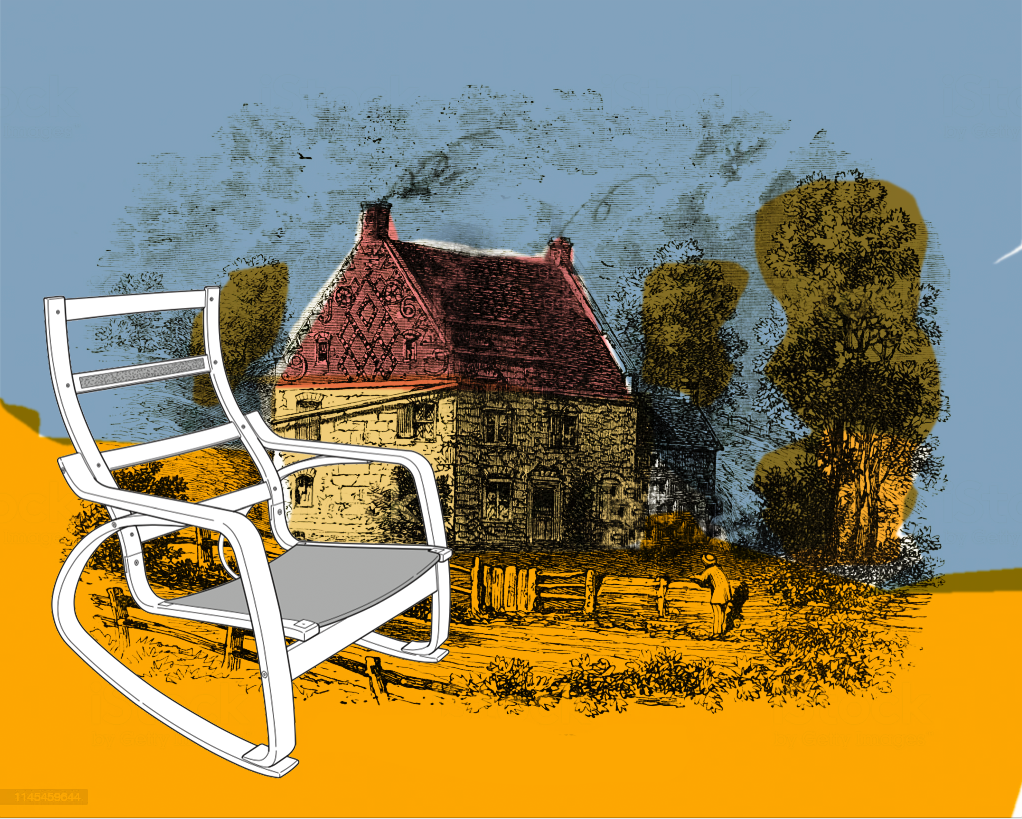
Gu and Day (2013) argued that teachers’ well-being increases when they are less exposed to:
Teachers who perform their work based on a moral conviction, with purpose, express creativity, feel connected, and continually discover more of themselves will do their job confidently. Leadership in the school should constantly encourage employees to hold on to the meaning of good education. For this, you have to be able to feel good as a teacher and a person, which occurs when a teacher feels and knows they are valued. Listening to teachers implies collaboration with school leaders and requires appropriate communication and connection. That is to say, communication that builds and encourages cooperation and works from a shared vision.
Ask yourself what you need to be more relaxed in front of the class. This is very personal, and increasingly more schools offer programmes to help teachers in this area. For example, what some teachers do to relax includes:

The BRIGHTER FUTURE project has been funded with support from the European Commission. This publication reflects the views only of the authors, and the Commission cannot be held responsible for any use which may be made of the information contained therein.
